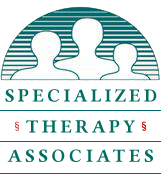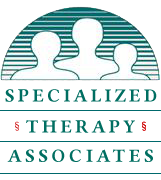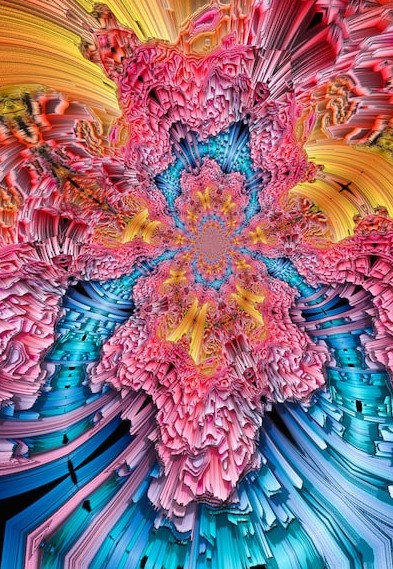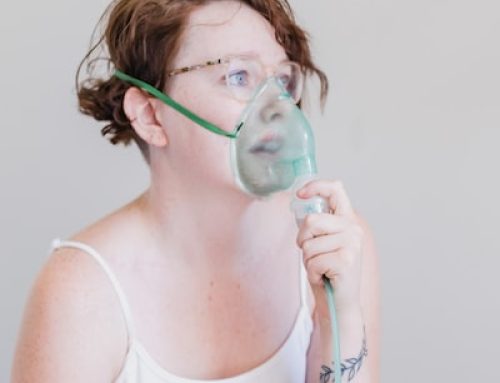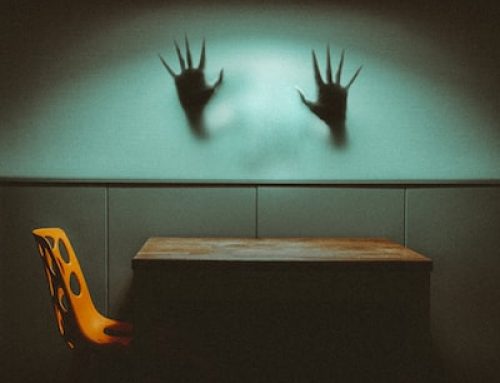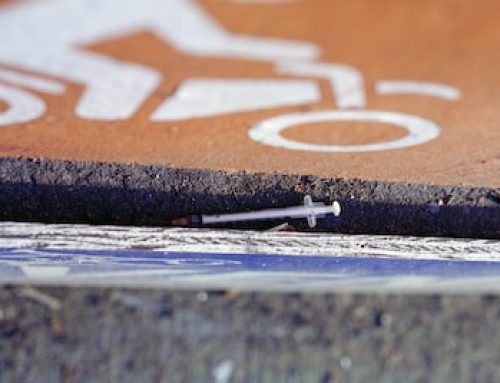There was a time not so long ago when hallucinogens were only identified with the “hippies.” In its heyday, psychoactive compounds not only brought “hip” in the hipsters but also heavily influenced western art and music! Many popular and legendary musicians have publicly admitted to using psychedelics before composing some of their most popular and critically acclaimed compositions. Bob Dylan, Jimi Hendrix, Eric Clapton, Ray Charles, and John Lennon are among some of the top musicians who were heavily influenced by psychedelics.
What are Psychoactive Hallucinogens?
Psychoactive compounds or psychedelics are known to induce hyper-realistic hallucinations. The “trip” however, is more than just a random high. Research suggests that hallucinogens like Psilocybin, the psychoactive compound in magic mushrooms, DMT, and LSD can rearrange and rewire neural pathways. Brain mapping images of individuals on psychedelics clearly show the brain light up like never seen before. Distinct regions of the brain which do not necessarily work together, are seen to operate in coordination with one another under the influence of psychedelics. In fact, psychoactive compounds are experiencing somewhat of a renaissance today, and more and more people in the field of science are asking: could it be possible to treat mental illness with these compounds?
To answer that question, we need to define psychedelics first. Psychedelic substances are defined as “classic serotonergic hallucinogens” as they directly interact with the 5-HT system, primarily acting as 5-HT2A receptor agonists. However, the mechanism of action is way more complex than previously thought, and they also bind to 5HT1A, 5HT2B, 5HT2C, 5HT6, and 5HT7 receptors with variegated neurological, physiological, and psychological implications.
What effect do these psychoactive compounds have on the brain?
5-HT receptors are associated with the release of neurotransmitters like Serotonin, Dopamine, Acetylcholine, etc., that tremendously affect mood, behavior, libido, sleep patterns, and sensory modulations. Consequently, functional imaging studies show that psychedelics massively increase the processing of sensory information and induce altered integration of sensory perceptions. This creates a novel experience for the user. However, psychedelics alter information processing systems within the cortico-striato-thalamo-cortical feedback loops. LSD and psilocybin enhance overall interaction between sensory and somatomotor brain networks while decreasing communication among associative brain regions, including large-scale brain networks (such as the Default Mode Network). In fact, LSD, Psilocybin, and DMT vastly increase functional connectivity between the thalamus and sensory-somatomotor cortical regions.
One of the signature features of psychedelics is an alteration in visual perception. These have repeatedly been associated with a reduction in α oscillations, particularly over posterior parieto-occipital brain areas. This suggests that psychoactive compounds greatly enhance the excitability of the visual pathway. However, the most fascinating fact about psychedelics is that they are capable of permanently changing/rewiring neural connectivity and creating novel neural connections which can massively affect/alter behavior permanently. Could this somehow help people with mental illness?
Treating mental illness with psychoactive hallucinogens
Data from double-blinded clinical studies suggest that Psilocybin, commonly found in magic mushrooms, greatly reduces cluster headaches, anxiety, anorexia, Obsessive Compulsive Disorder (OCD), and substance abuse. However, people with chronic mental illness almost often tend to suffer from neurological or psychological loops they fail to break away from. Since psychedelics are capable of creating novel connections between neurons in the brain and can rewire the neural network, the patients could break away from ruminating and destructive thought processes.
Psychedelics like DMT, Psilocybin, MDMA, and LSD can enhance associative learning, a cognitive function that is greatly impaired by neuropsychiatric disorders like Major Depressive Disorder (MDD). Studies suggest that psychedelics like LSD, DMT, and Psilocybin can greatly assuage symptoms in patients with bipolar disorder, PTSD, major depression, suicidal behavior, chronic anxiety, panic attacks, schizophrenia, and chronic insomnia. Some studies suggest that Psilocybin could even help patients with Alzheimer’s and Parkinson’s disease regain brain function. Lisuride, a non-hallucinogenic structural analog of LSD, exhibits antidepressant properties in several clinical studies. MDMA has been shown to have a significantly positive effect on PTSD patients. Overall, the pattern among numerous clinical studies is quite obvious. They all report that psychedelics in general can massively decrease the symptoms associated with mental health problems in the participating population.
In 2023, we are getting closer every day to when psychedelics could soon be approved by the FDA. Oregon has already approved the use of psilocybin starting January 1st, 2023. It is only a matter of time before the general population can legally explore the healing potentials of psychoactive compounds. However, the secret to success is micro-dosing.
Meanwhile, if you or anyone you know is suffering from mental illness, neurological diseases like Alzheimer’s disease, alcohol addiction, brain trauma, cognitive deficiency, or undergoing treatments for neurodegenerative diseases, please contact Specialized Therapy Associates at 201-488-6678 or The Functional Medicine Center for Personalized Care, LLC (www.FxMedCenters.com) at 201-880-8247 for our Integrative Mind-Body Health services which can greatly help you with holistic mind-body healing.
Reference:
Carhart-Harris RL, Goodwin GM. The Therapeutic Potential of Psychedelic Drugs: Past, Present, and Future. Neuropsychopharmacology. 2017 Oct;42(11):2105-2113. doi: 10.1038/npp.2017.84. Epub 2017 Apr 26. PMID: 28443617; PMCID: PMC5603818.
De Gregorio D, Aguilar-Valles A, Preller KH, Heifets BD, Hibicke M, Mitchell J, Gobbi G. Hallucinogens in Mental Health: Preclinical and Clinical Studies on LSD, Psilocybin, MDMA, and Ketamine. J Neurosci. 2021 Feb 3;41(5):891-900. doi: 10.1523/JNEUROSCI.1659-20.2020. Epub 2020 Nov 30. PMID: 33257322; PMCID: PMC7880300.
Fuentes JJ, Fonseca F, Elices M, Farré M, Torrens M. Therapeutic Use of LSD in Psychiatry: A Systematic Review of Randomized-Controlled Clinical Trials. Front Psychiatry. 2020 Jan 21;10:943. doi: 10.3389/fpsyt.2019.00943. PMID: 32038315; PMCID: PMC6985449.
Vargas MV, Meyer R, Avanes AA, Rus M, Olson DE. Psychedelics and Other Psychoplastogens for Treating Mental Illness. Front Psychiatry. 2021 Oct 4;12:727117. doi: 10.3389/fpsyt.2021.727117. PMID: 34671279; PMCID: PMC8520991.
